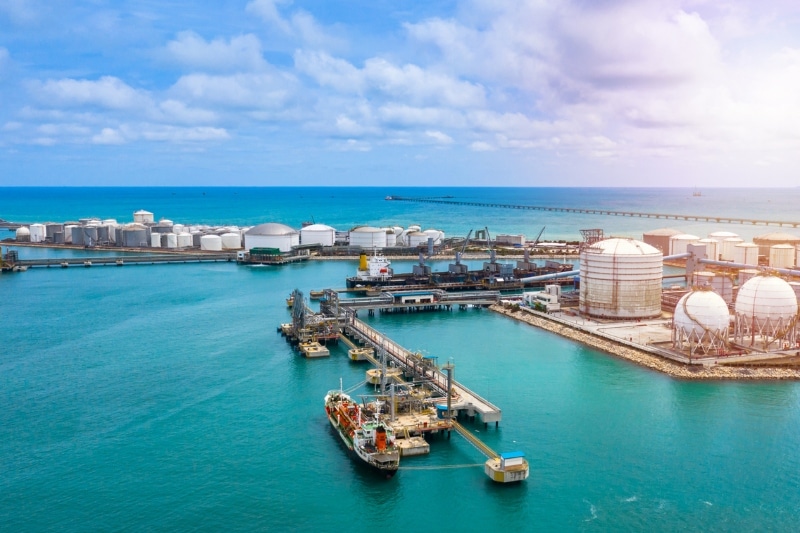Many companies will have to deal with product registration issues when they look at selling their products in Southeast Asia. For example, companies need to register medical devices and pharmaceutical or retail healthcare products in each country in Southeast Asia. In Malaysia, those that want to sell construction products or sewerage products to the Malaysian public sector have to do their SPAN registration. In Indonesia, you must register cosmetics, beauty products, food supplements, and food and beverage products, with BPOM.
Challenges with Product Registration
We see many companies struggle with product registration, which in turn significantly impacts their market entry strategy.
Most companies that want to sell their products in a new market need to find a distributor that will also handle the product registration for them. What most companies do not understand is that not many distributors are interested to or even able to provide that support. The companies that have an in-house team to do such product registrations do so because they are reselling brand-name products within their market and representing multinational companies. If your company is an SME that does not have a brand name and is new to the market, then it is very likely that you may have to work with a distributor that does not have an internal team to handle product registration.
In markets such as Indonesia, if you are fortunate enough to convince a distributor to handle product registration for you, only to then find that they are not proactive in selling your products in the market; you can’t just switch to another distributor and transfer the product registration. You must restart the entire process. What many companies also underestimate is the documentation process and the time taken to register the products. On countless occasions, we have found that companies find their product registration process held up. Why?
Many companies, especially in Singapore, do not manufacture their own products. They sell products manufactured in other countries, such as China, Europe, the US, or elsewhere. What happens is that when the local registration authorities ask them for specific paperwork (either related to the manufacturing process or the ingredients), which has to be certified in the country of manufacture, their manufacturing partner can’t provide them that paperwork, or does not want to go through that process of getting a third party certification. The whole registration process then gets stalled.
In other cases, the manufacturing partner takes so long to supply the paperwork, that we see companies spending as long as 15 to 24 months to get their products registered. Yes – 1.5 to 2 years!!
That is why product registration can significantly impact your market entry strategy. If you are new to market, which distributor would be willing to wait this long for your products to get registered? Can they even remember that they had agreed to sell your products? Do you think they would still be interested to sell your products?
What are Your Market Entry Options?
Based on our experience and from what we have seen other companies do, we offer some ideas that companies can consider.
- Find out what documents you need to provide when it comes to registering your products. You may not find this online. You might need to engage a consultant to get this information for you.
- Find a third party that offers product registration services and determine if they can hold the registration on your behalf. Alternatively, consider registering a company in your target market, and hold that registration under your local company. Why – because if you hold the product registration rights, that gives your company the flexibility to work with multiple distributors. Your success is not tied to one distributor only, and you do not have to worry about starting the whole registration process again. While considering this option, it is imperative that you take a long-term view of the market because incorporating a company is not an easy decision either.
- Once you start the registration process, and you have a feel of how soon the process will be completed, start planning the search for a distributor. This also allows you to tell the distributors that the product registration process has started. Distributors will see that your company is serious about the market. They do not feel like they are talking to an exporter who is clueless about their country and the product registration process, but to a reliable exporter whose products can be sold in the market in under a year.
We know many companies want to start selling as quickly as possible. They also prefer someone (a distributor for example) to manage all these challenges for them, especially product registration. They think they can save themselves some costs along the way. But the feedback we express here comes from observing several companies that struggled with this process. Unfortunately, there are not many shortcuts to this process.
Product registration can have a significant impact on your market entry strategy, so this is something companies must plan for carefully.
